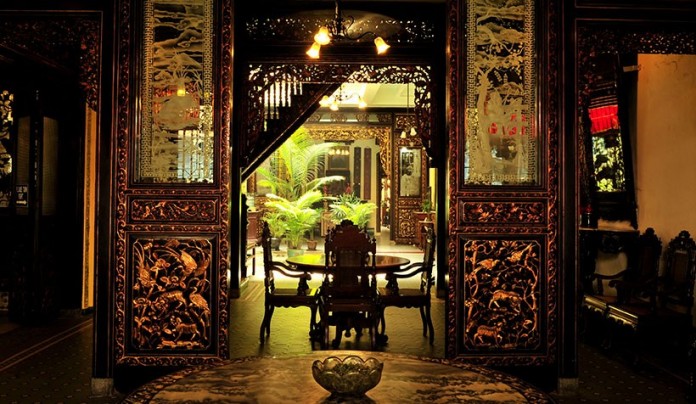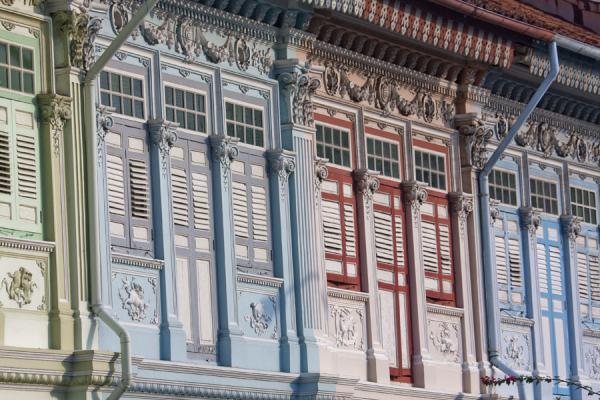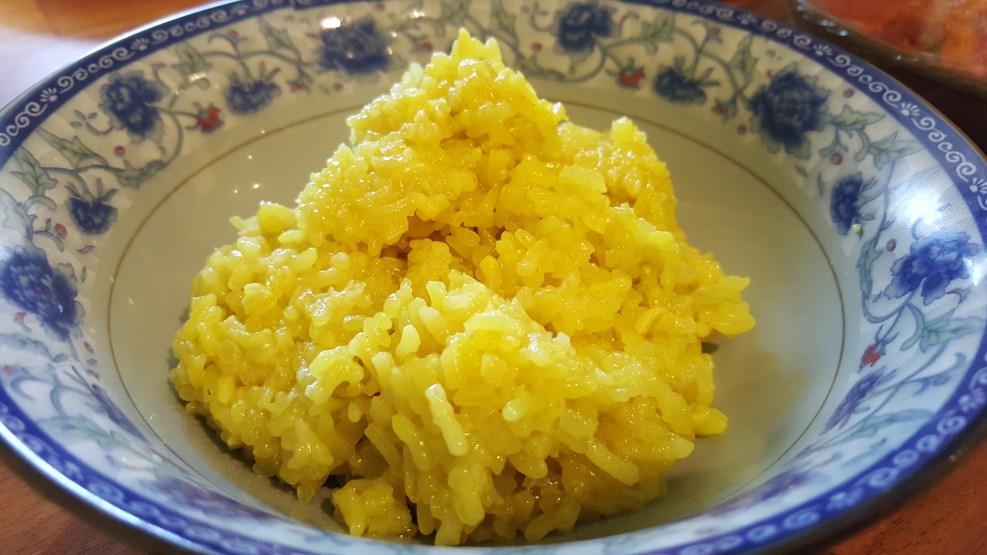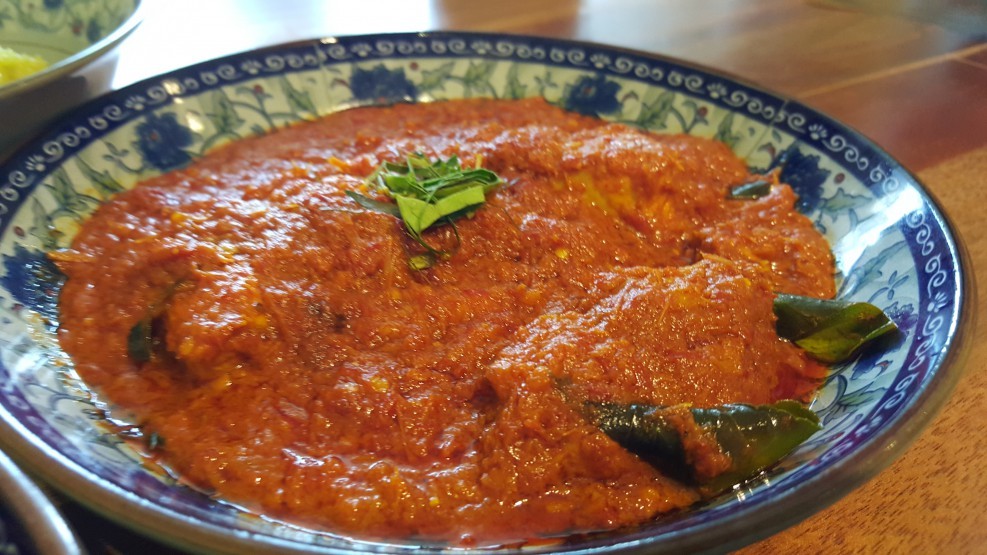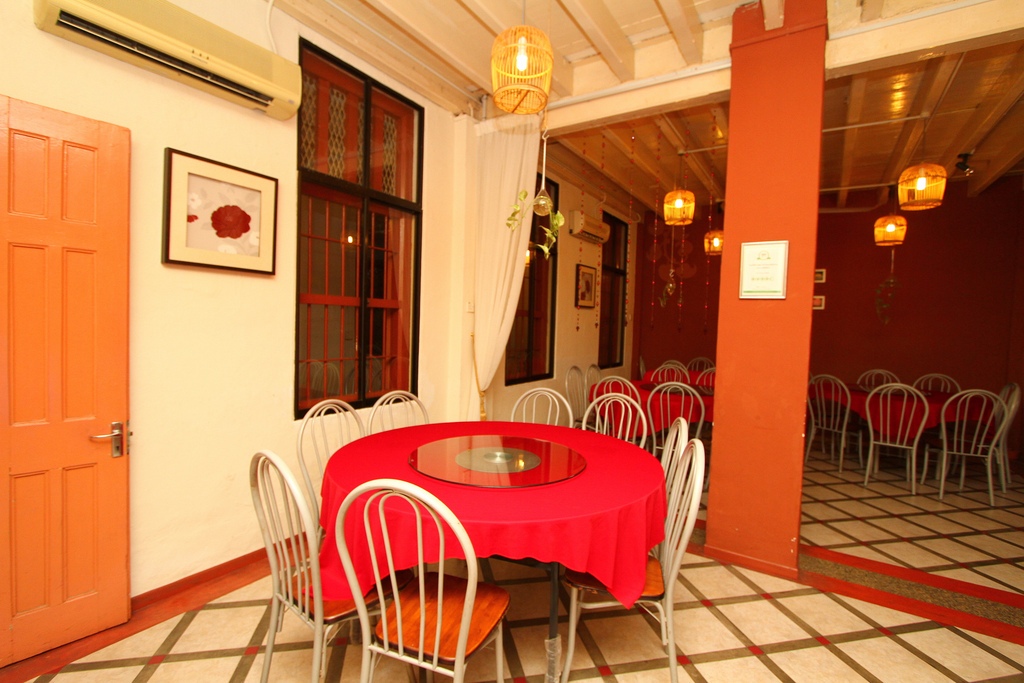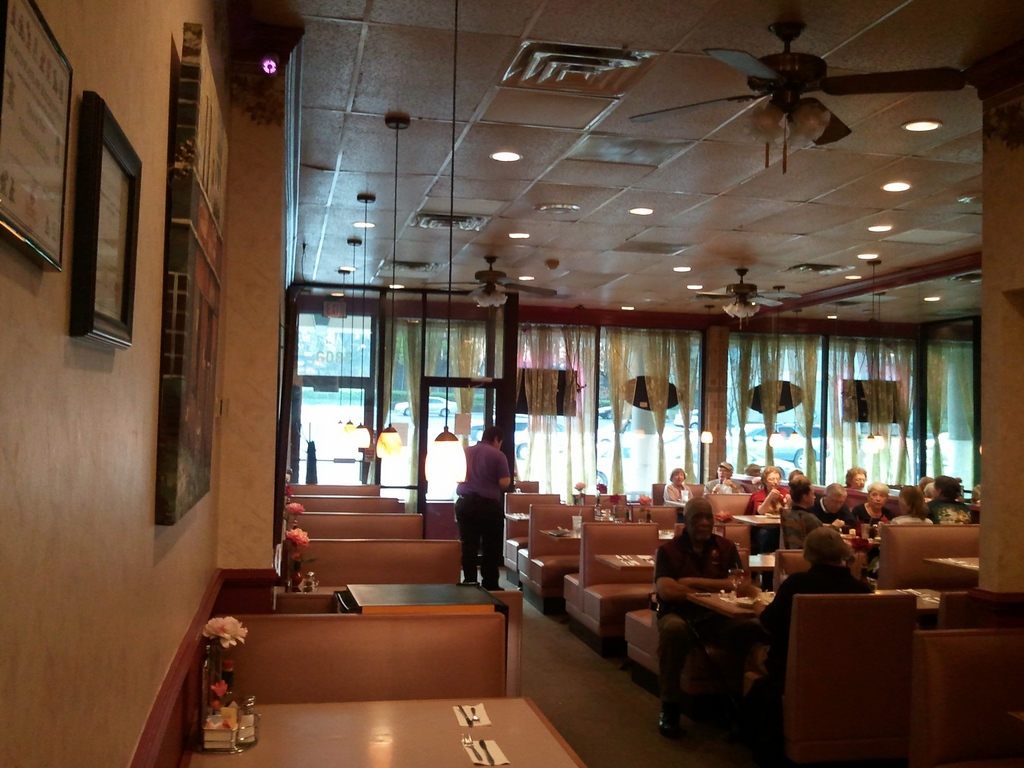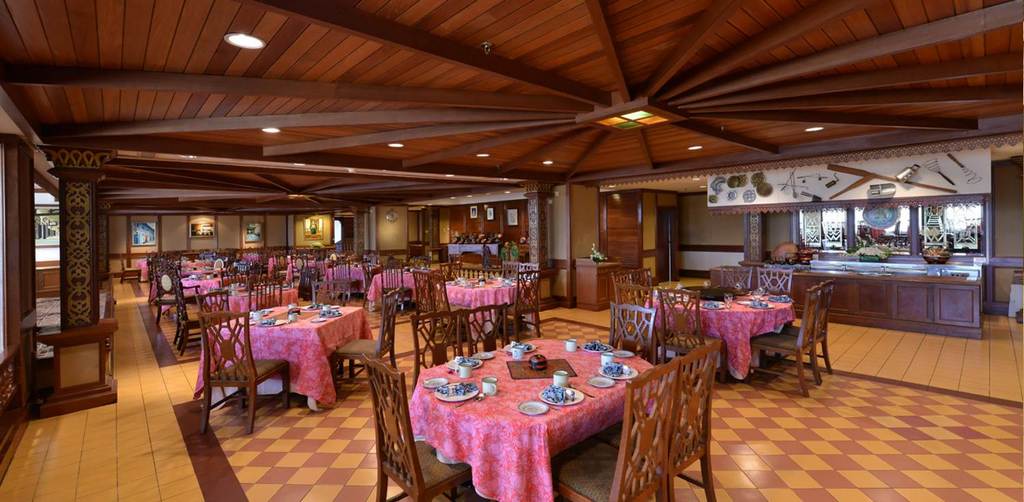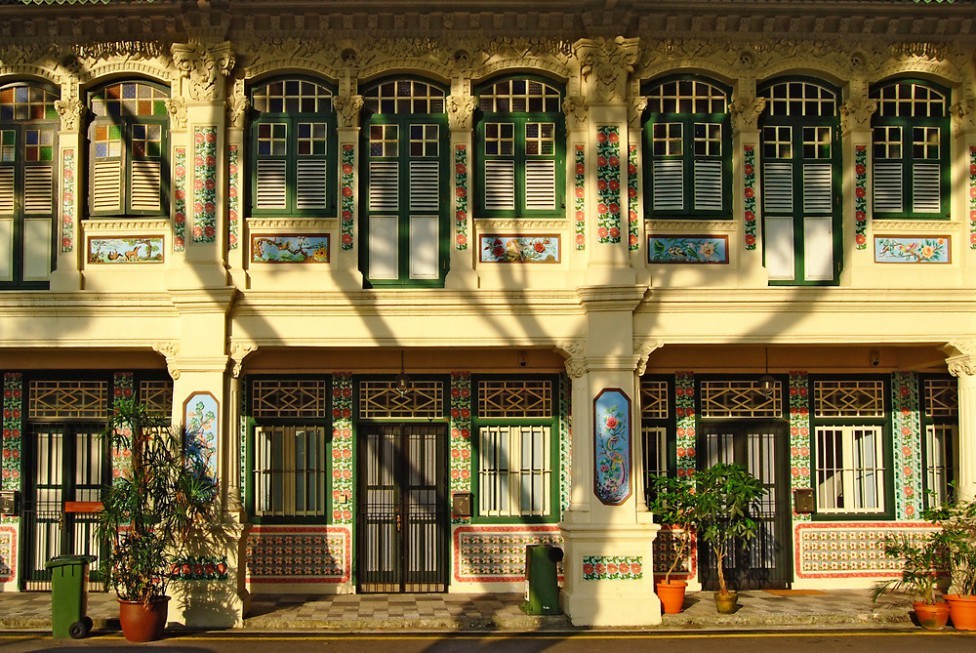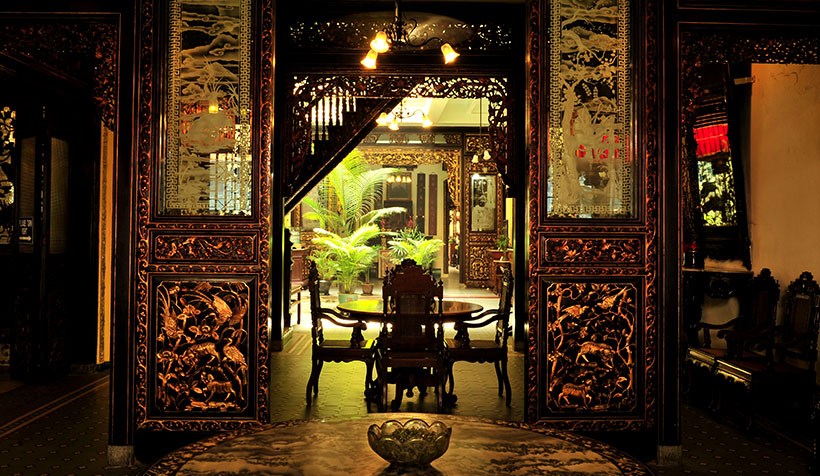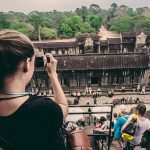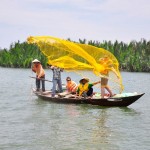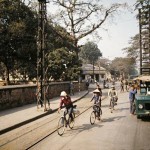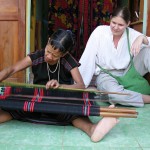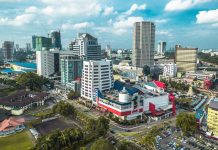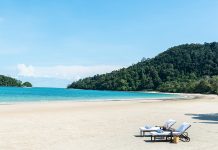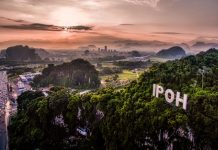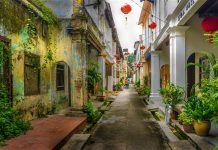Peranakan (Baba Nyonya) culture in Malaysia is perhaps its most colourful – but the least explored. Our local expert, Ramesh Manimaran, digs into the basics of Baba Nyonya culture and why it’s special!
- Top 10 best places to visit in Malaysia
- 7 reasons why Langkawi should be your next destination
- Where to visit in Georgetown? — 11+ must-see & best places to visit in Georgetown, Penang
- Top things to do in Penang — 21+ must, unique & best things to do in Penang
- Expolore Petronas Twin Towers KL — How to get there & what to do at Petronas Twin Towers?
One of my earliest memories about Peranakan culture was at the family home of a school friend. Like any good Malaysian, what I remember most vividly was the food. Her family cooked us a dinner that looked different from the traditional Malay food I had at home. It wasn’t Chinese, and it wasn’t Malay, but something in between.
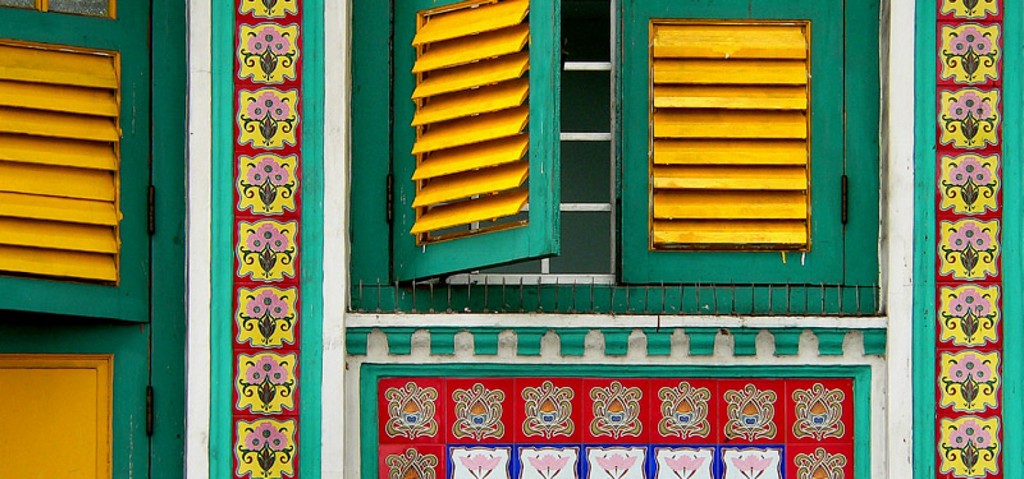
I’d later learn that this was traditional Peranakan cooking. Though it was unfamiliar to me, I remember thinking how delicious it was – and that any culture with food as delicious as this must surely be a wonderful culture to be a part of.
Fast forward two decades, and I’m still just as intrigued with Peranakan culture today as I was then, as a primary student. Though most visitors to Southeast Asia would be forgiven for thinking that Peranakan culture is centered mainly on Singapore, I still believe that in order to truly experience authentic Peranakan culture, you need to explore it in Malaysia.
I’ve had lots of time to fall in love with Peranakan culture, food and flavours in my lifetime in Kuala Lumpur, so I would consider my expertise up to the task of a beginner’s guide. For the culturally curious, here’s your first-timers guide to exploring Peranakan culture in beautiful Malaysia!
What is Peranakan (Baba Nyonya) Culture?
Since much of Malaysia is coastal, Malaysia owes a lot of its diversity to maritime traders – including Peranakan culture.
When Chinese traders came to Malaysia via the Strait of Malacca for business, many had to stay for a long time thanks to poor weather conditions and ship repairs.
Naturally, many of these traders settled into local life and started families with local Malay people. The children of these pairings were referred to as Peranakan – a mix of Chinese and Malay culture and customs. Even further, Straits Chinese men are known as “baba”, and Straits Chinese female descendants as “nyonya”. So, when you hear these identifiers, you know that this is all under the Peranakan cultural umbrella.
Because of where Chinese traders would most often settle, the biggest Peranakan communities live in Malacca and Penang. Sadly the culture is beginning to disappear, but interest from visitors can help revive some of these special cultural highlights.
What’s the best Peranakan food to try in Malaysia?
Like any culture, perhaps the best and easiest place to start in your cultural discovery is with the food. Peranakan food is the best of Chinese and Malay flavours, so prepare to be bowled over by just how delicious this unique culinary culture is!
Nasi Kunyit (Turmeric Glutinous Rice)
Lots of locals consider Nasi Kunyit a Nyonya celebratory dish, often eaten to celebrate happy occasions. Vibrant yellow and sticky, Nasi Kunyit is a Peranakan specialty that’s often paired with beef rendang.
Kari Ayam Kapitan (Captain’s Chicken Curry)
Kari Ayam Kapitan has a heavy emphasis on the lemon grass, kaffir lime leaves and the thickness of the red and yellow gravy – as influenced by Chinese cooking. The flavour is more sweet-sour than spicy, so its a favourite for foreigners less accustomed to Malay spice.
Kerabu Bok Nee (Black Fungus Salad)
The stand-out feature for Kerabu Bok Nee is its strange and tasty mix of textures. Crunchy and refreshing, this isn’t a dish often associated with Malay cooking – but it is very much a Nyonya specialty.
Telur Belanda (Sweet & Sour Egg)
This dish mixes a few eggs drenched in a sweet and sour sauce, and served with steamed rice. This one is sometimes hard to find in restaurants, but if you do you’re promised a very tasty meal!
Where To Eat Peranakan Food in Malaysia?
Since the biggest Peranakan communities live in Penang and Malacca, naturally the best Peranakan restaurants are found in these two localities. There are lots of places to try Peranakan food throughout Malaysia, but these are some of my tried-and-tested favourites.
Ivy’s Nyonya Cuisine
58, Jalan Chow Thye, George Town, Penang
The best thing about Ivy’s is that it is family-owned and run with a lot of heart. It’s run by a woman and her husband who are locals to the famous Georgetown area in Penang. The cooking is stellar, and you can feel the love of family recipes with nearly every dish.
Mama’s Nyonya Cuisine
Lorong Abu Siti, 10400 George Town, Penang
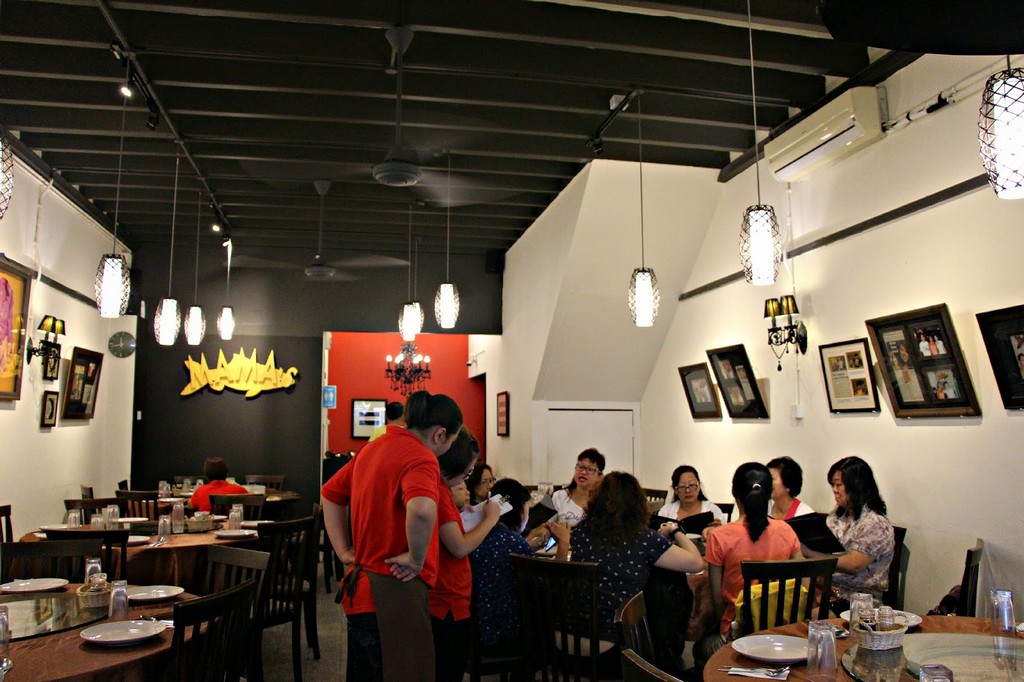
Mama’s really goes after the “home cooked” appeal, and their tagline even says it: Just Like How Mum Used to Cook It. This is probably the closest you can get to home Peranakan cooking without actually stepping inside a Peranakan home!
Nancy’s Kitchen
Jalan Hang Lekir off Jalan Tun Tan Cheng Lock, Malacca
This tasty gem is located a bit out of the city, but it’s worth the walk. It’s amongst a row of shophouses, so the location feels unique and very local, just like the cooking. It gets very busy, so expect to wait a few minutes before you can be seated – it’ll be worth the wait!
Seri Nyonya Peranakan Restaurant
Hotel Equatorial Malacca, Banda Hilir, Malacca
Because this is in a hotel, it’s more upscale than many other Peranakan restaurants, but the food doesn’t disappoint. If it’s your first time trying Peranakan cooking, this is a good place to start out as the waiters are happy to help you select!
Restoran Peranakan
107, Jalan Tun Tan Cheng Lock, Malacca
The interior of this restaurant feels very Chinese-inspired, and you could easily call it charming. You might need to brush up on your local food-ordering skills here, as the waiters are a bit old fashioned and you might need to wave them down to order!
Places to Experience Authentic Peranakan Culture in Malaysia?
Unless you’re lucky enough to spend a bit of time with a Peranakan family in their home, it can sometimes be difficult to experience Peranakan culture up-close. Because of the ever-growing diversity of Malaysia and the internationalisation of Malaysian culture, Peranakan culture is disappearing from daily life.
Sometimes, the best way to help keep it alive is to learn about it and support those places that celebrate it. My two favourite places are in the Peranakan hubs of Malacca and Penang. Here, you can not only see things like traditional dress, information about their unique customs and traditions, but also see the famously vibrant and colourful Peranakan architecture.
Baba Nyonya Heritage Museum
48-50, Jalan Tun Tan Cheng Lock, 75200 Melaka, Malaysia
For the culturally curious, the Baba Nyonya Heritage Museum is a very special place to visit. It’s located in a conspicuous location, so many visitors will miss it entirely. Tucked within a classic 19th Century Chinese shophouse, the experience here is unique because you are walked through a former family home (who were one of the richest in Malaysia for a time).
The guided tours here illuminate what daily life looks like for Peranakan families, and how that impacts Baba Nyonya people today.
Pinang Peranakan Mansion
29, Church Street, 10200 Penang, Malaysia
This beautiful building is worth a visit for the architecture alone! Housed in an ornate mansion that blends dark woods, scarlet reds and golds, the Pinang Peranakan Mansion was designed to recreated to showcase how a rich Peranakan family lived a century ago.
The blend of cultures is quite apparent here, as you can see the eclectic decorations coming from all corners of the world within its vast walls. If there’s any place in Penang that you visit, the Pinang Peranakan Mansion should certainly be one of them.
































